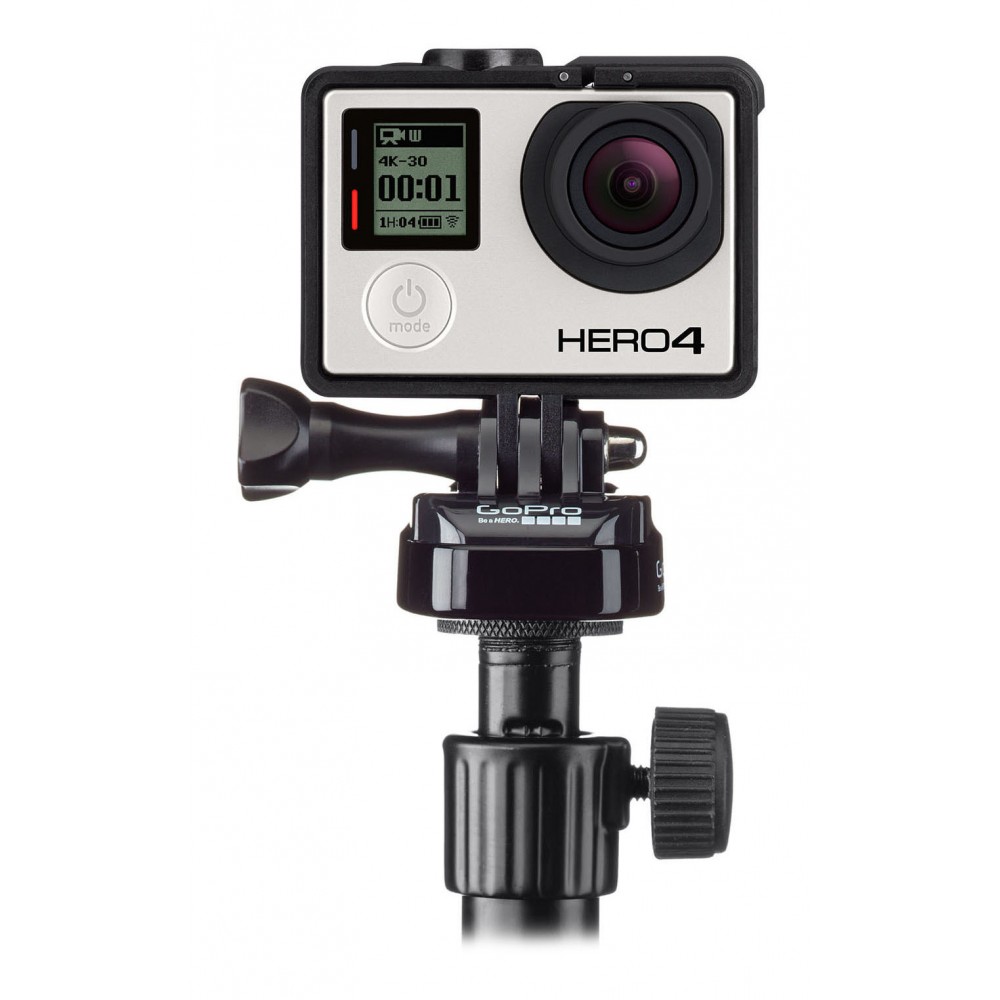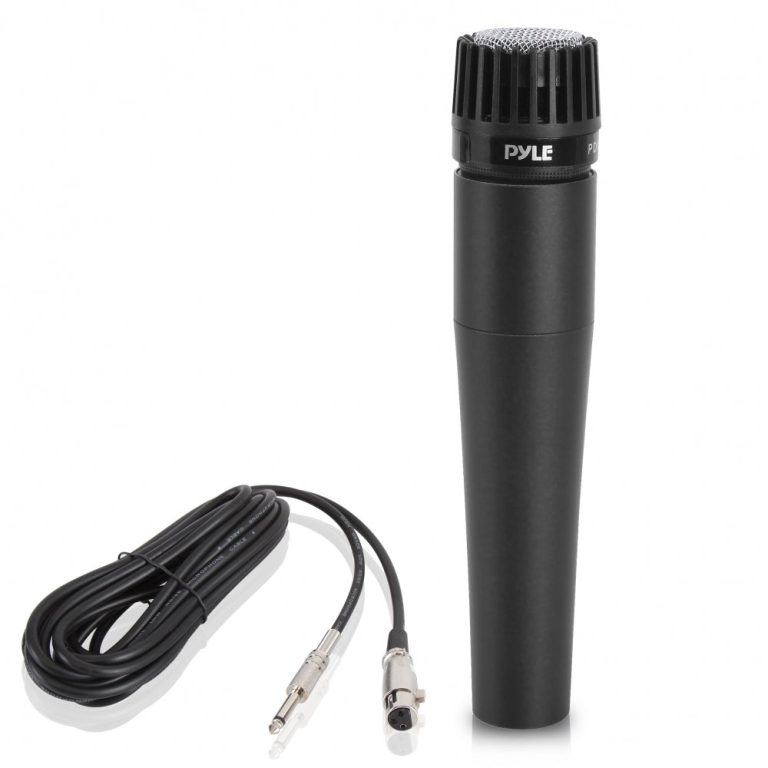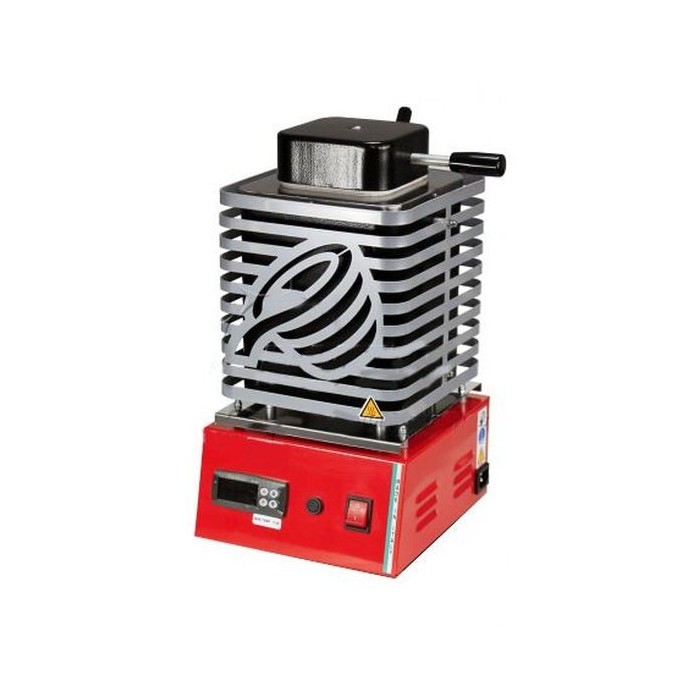Then it comes to capturing high-quality audio alongside your stunning video content, choosing the right microphone for your GoPro can dramatically enhance your overall production quality. GoPros are fantastic for their portability and versatility, but the built-in microphones often fall short, especially in noisy environments or when recording at a distance. With various types of microphones available, selecting the right one for your specific needs can be a bit overwhelming. This guide will help you navigate the options and make an informed choice based on your shooting requirements.
Understanding Your Audio Needs
Assessing Recording Conditions
Before diving into microphone options, it’s crucial to assess your recording conditions. Are you shooting action sports, nature walks, or interviews? Each scenario presents unique challenges and requirements. If you’re filming in a bustling environment, you may need a microphone that can filter out background noise. Alternatively, if you’re focusing on interviews or dialogues, a directional microphone, which captures sound from a specific direction, might be your best choice. Understanding your recording conditions lays the groundwork for selecting the right equipment.
Quality Expectations
Next, consider your expectations for audio quality. If you plan to produce professional-grade content, investing in higher-quality microphones makes sense. On the other hand, if you only need decent audio for casual projects or social media, there are budget-friendly options. Remember, audio quality can make or break your video. Bad audio often leads to viewer disengagement, so invest accordingly based on your project’s goals.
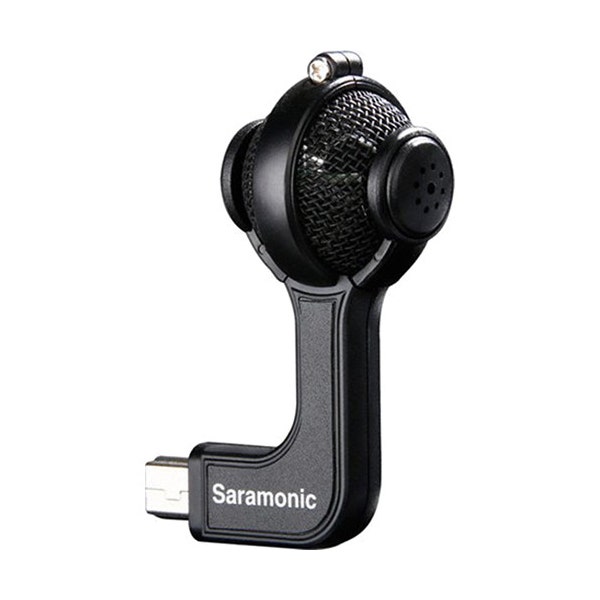
Types of GoPro Microphones
Lavalier Microphones
Lavalier microphones, or lapel mics, are small, clip-on devices that are excellent for interviews or situations where you want to capture dialogue without a bulky setup. These mics are discreet and can be easily attached to clothing, keeping them out of the frame while offering high-quality audio pickup. Many lavalier microphones come with a windscreen that minimizes background noise, making them ideal for outdoor recordings.
Shotgun Microphones
Shotgun microphones are directional microphones designed to capture sound from a specific source while rejecting noise from other directions. They are perfect for situations where you want to focus on a subject amidst a noisy background. Mounting options are available for GoPros, making this type of microphone versatile for various shooting scenarios, including action sports and interviews. Always consider the mounting mechanism to ensure a secure fit on your GoPro.
USB and Wireless Microphones
The USB microphones or wireless systems offer another level of convenience, especially for vloggers and content creators who require mobility. USB microphones can be plugged directly into devices for quick recording, while wireless systems allow for freedom of movement without being tethered to your camera. Wireless mics are great for interviews and dynamic shooting situations where the subject moves away from the camera. Explore options compatible with your GoPro model to maximize their utility.
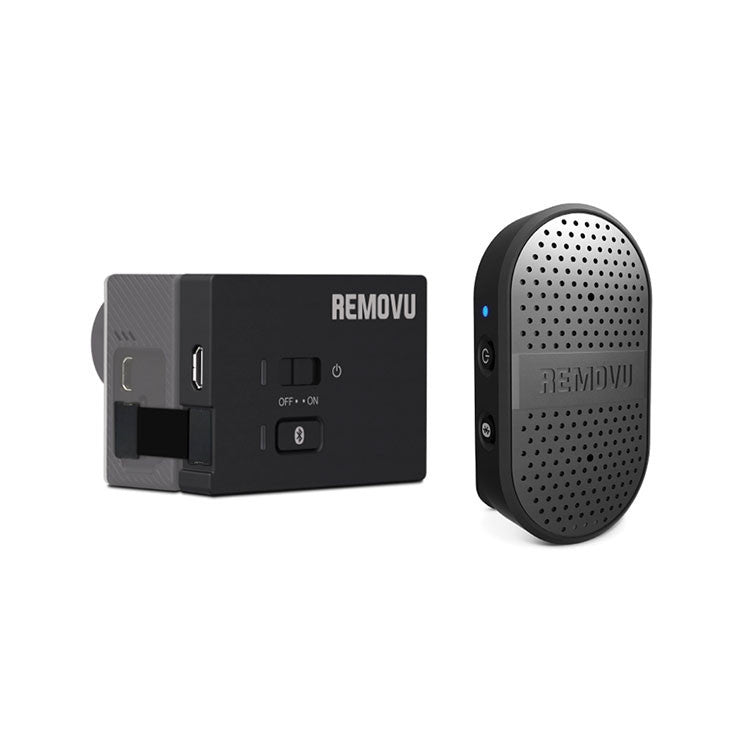
Connectivity and Compatibility
Checking Connectors
Compatibility is a critical factor. GoPro cameras generally use a USB-C or a 3.5mm audio jack for microphone input. When selecting a microphone, ensure that it has the appropriate connectors or that you have the necessary adapters. Some microphones come with multiple connectors, allowing more versatility in different setups. Familiarizing yourself with GoPro’s audio port specifications can save you time and prevent purchasing a microphone that won’t work.
Use of Adapters
If you’re considering a microphone that uses a different connection type, high-quality adapters are available but can affect audio quality. GoPro also offers an adapter for connecting standard 3.5mm microphones to their USB-C ports, simplifying the process and expanding your microphone options. Always read reviews of adapters to ensure that they don’t compromise audio quality, especially if you require high fidelity.
Evaluating Audio Quality
Frequency Response and Sensitivity
A good microphone should capture the full frequency spectrum of your voice and other sounds. Consider the frequency response, which indicates the microphone’s ability to pick up different audio frequencies. Look for a microphone with a wider frequency range, as this will yield richer sound quality. Additionally, check the sensitivity rating; a more sensitive microphone can pick up quieter sounds, useful for delicate audio environments.
Noise Cancellation Features
For outdoor or noisy environments, a microphone with built-in noise-cancellation features can significantly improve audio quality. Many modern microphones come with technology designed to minimize background noise while focusing on the desired sound source. If your recordings are likely to include wind noise or other disruptive sounds, investing in a microphone with noise-cancellation capabilities can save you time in post-production.
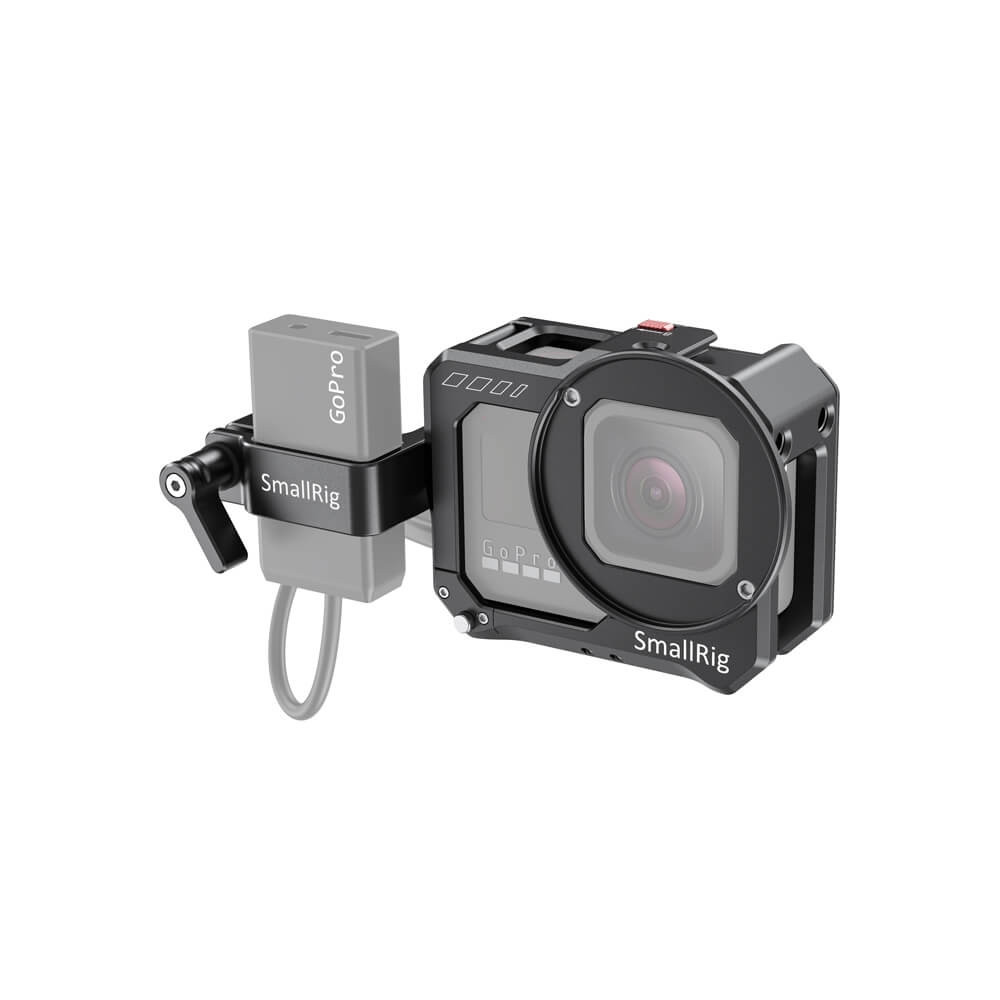
Assessing Build Quality and Portability
Durability for Action Use
When shooting in rugged conditions, consider a microphone’s build quality. A durable microphone can withstand harsh environments, whether you’re skiing down a mountain or shooting in wet conditions. Look for microphones that have rugged shells, water resistance, or reinforced cables. Many outdoor enthusiasts rely on their gear to survive tough conditions, and your microphone should be no exception.
Portability
Portability is another key consideration for GoPro users, who appreciate the camera’s lightweight nature. Choose a microphone that is easy to transport and doesn’t add unnecessary bulk to your gear. Many options are compact and come with protective cases, making it easy to throw them into a backpack without worry. The easier it is to carry your microphone, the more likely you will use it in various scenarios.
Budget Considerations
Setting Your Budget
Setting a budget is critical before diving into your shopping options. Microphone prices range widely, from affordable options to high-end professional gear. Knowing how much you can spend allows you to filter through choices more effectively. While it might be tempting to go for the cheapest option, remember that audio quality often correlates with price. Aim for a balance between affordability and quality that meets your needs.
Long-Term Investment
Think of your microphone purchase as a long-term investment. Spending a bit more upfront on a quality microphone can save you from constant replacements and upgrades in the future. A good microphone can also serve you well beyond your current projects, giving you flexibility for future endeavors. By investing wisely, you can enhance your audio game in ways that reflect positively on all your subsequent video projects.
Testing and Feedback
Trial and Error
Once you’ve narrowed down your microphone options, testing them under your typical recording conditions is beneficial. Perform some trial recordings to evaluate sound quality, connectivity, and overall performance. Familiarize yourself with settings and adjustments that may be necessary for optimal recording conditions. Each microphone behaves differently in various environments, so testing will help you figure out what works best for your style.
Seeking Community Feedback
Also, consider seeking reviews and feedback from other users. Online forums, social media groups, and video creator communities offer valuable insights into people’s experiences with specific microphones. You can find handy tips, recommendations, and pitfalls to avoid, helping you finalize your choice. Building a community around shared interests can enrich your learning experience, aiding in your decision-making process.
Elevating Your GoPro Audio Experience
Choosing the right GoPro microphone isn’t merely about picking any device that can connect to your camera; it involves a careful assessment of your recording needs, preferences, and intended use. From lavalier mics for interviews to shotgun mics for fieldwork, you have a range of options at your disposal. By considering factors like connectivity, audio quality, and budget, you can make an informed choice that amplifies your audio capabilities.
Investing in the right GoPro microphone will not only improve the audio quality of your videos but also set you apart as a content creator. Sound quality is essential for storytelling, engagement, and viewer retention. With the right audio setup, your GoPro can become an even more powerful tool in your creative arsenal. Explore your options, test your choices, and prepare to elevate your GoPro projects to new heights. By making a thoughtful microphone selection, you’ll ensure your audience enjoys a rich and engaging audio experience that complements your stunning visuals.
